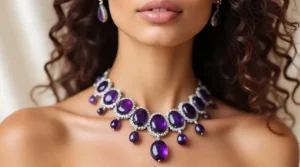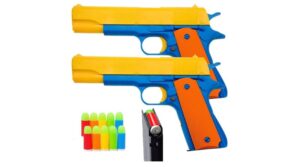
Turquoise jewelry, a must-have for celebrities and fashion divas, is soaring in popularity. Whether it’s Taylor Swift’s long turquoise earrings, Beyoncé’s chunky turquoise bracelet, Sofia Vergara’s turquoise statement ring, or Lara Spencer in her stunning turquoise necklace, specialty retailers and department stores are racing to add turquoise to their product lines.
“Everyone loves turquoise,” says a smiling Romie Salem of Turquoise Network, a leading online jewelry retailer. “Unfortunately, much of what is in today’s market is either overpriced or simply imitation turquoise.”
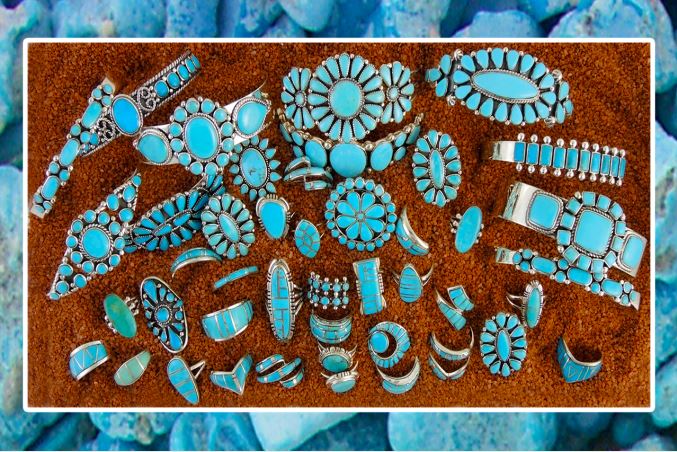
Salem shares some guidelines to filter out the real from the fake. “When shopping for genuine turquoise, there really are five main descriptions to look for: 1) Natural, 2) Stabilized, 3) Reconstituted, 4) Dyed Stone, and 5) Imitation.”
NATURAL: Untreated turquoise with the same properties it had when it came out of the ground. Very little jewelry in the market actually contains natural turquoise (probably less than 1%, according to Salem).
STABILIZED: Turquoise that has been treated in various ways, such as compression, color-enhancement with dyes, impregnation with epoxy/plastic, heat, and/or other treatment methods. Indeed, MOST turquoise jewelry in the market is stabilized, including jewelry sold by major TV shopping networks, department stores, and jewelry retailers. Even the highest grades of turquoise, such as Sleeping Beauty, are often stabilized for consistent jewelry production, richer color, and better durability.
Reads More: Eagle’s Eye Stone
Other Notes Regarding Genuine Stabilized Turquoise:
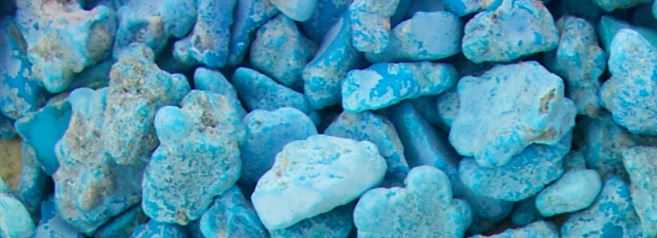
- Turquoise may be color-enhanced as well (e.g. blue, teal, purple, green, red, and other colors). It is still the same material and therefore still considered genuine turquoise by industry standards, and is often referred to as “Mojave”, “Composite”, and “Compressed” turquoise.
- Smaller pieces of turquoise may be bonded together to form larger pieces. The individual pieces are all turquoise; therefore, the entire stone is still considered genuine turquoise. Sometimes there may appear to be “cracks” in the stone, but in reality, it is where two pieces have been joined together (and piece is still structurally sound and stable). The Gemological Institute of America (GIA) also refers to this as “Composite” Turquoise. It is also known as “Compressed” turquoise since the pieces are joined together by high-pressure compression.
3. Turquoise may be infused with copper or bronze, hence the metallic matrix present in many of the colors.
4. Turquoise may be compressed together with different materials, such as Spiny Oyster shell. We call it “Spiny Turquoise”.
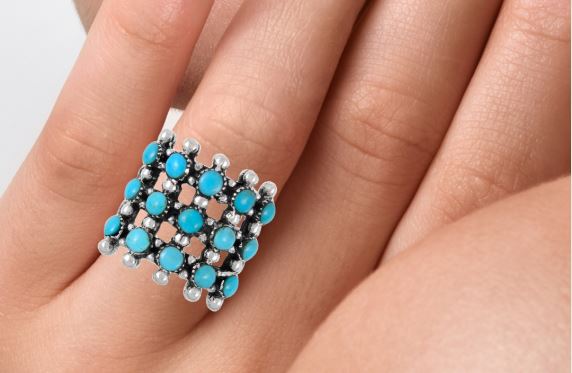
RECONSTITUTED: Absolutely NOT “genuine” turquoise! It contains a very small amount of turquoise that has been ground into a powder and mixed with other materials and chemicals. It is unethical to refer to this type of material as genuine turquoise.
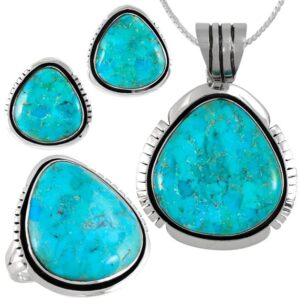
DYED HOWLITE/MAGNESITE/OTHER STONES: Not turquoise at all! Natural stones are dyed to resemble turquoise, with matrix and all, but are not turquoise. Unfortunately, these materials have become prevalent and falsely marketed as turquoise by unscrupulous dealers.
IMITATION/PLASTIC/RESIN/BLOCK: Not turquoise at all, but simply a mix of chemicals.
To learn more about turquoise and other gemstones often used in Southwestern-style jewelry, see the gemstone chart at TurquoiseNetwork.com.

